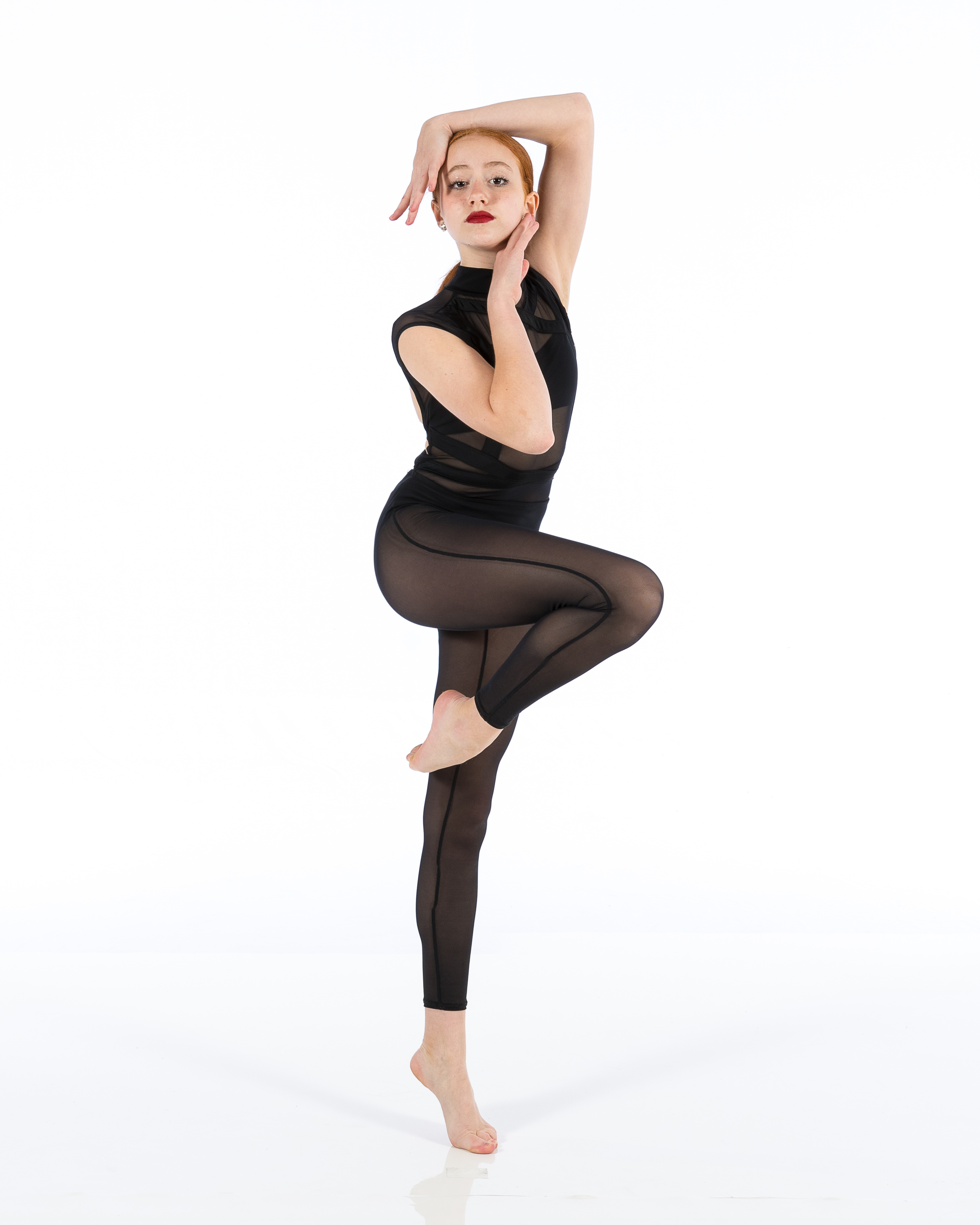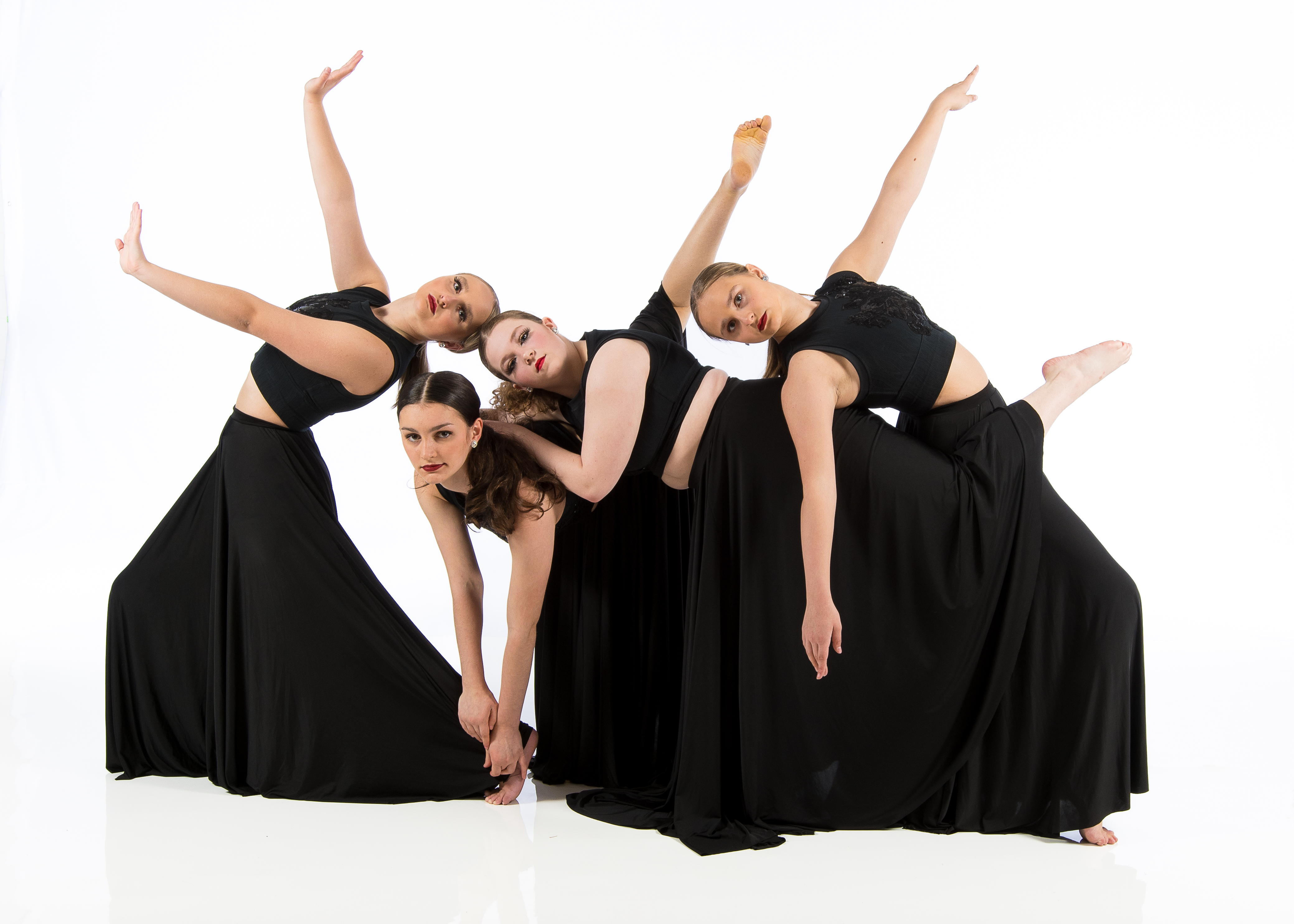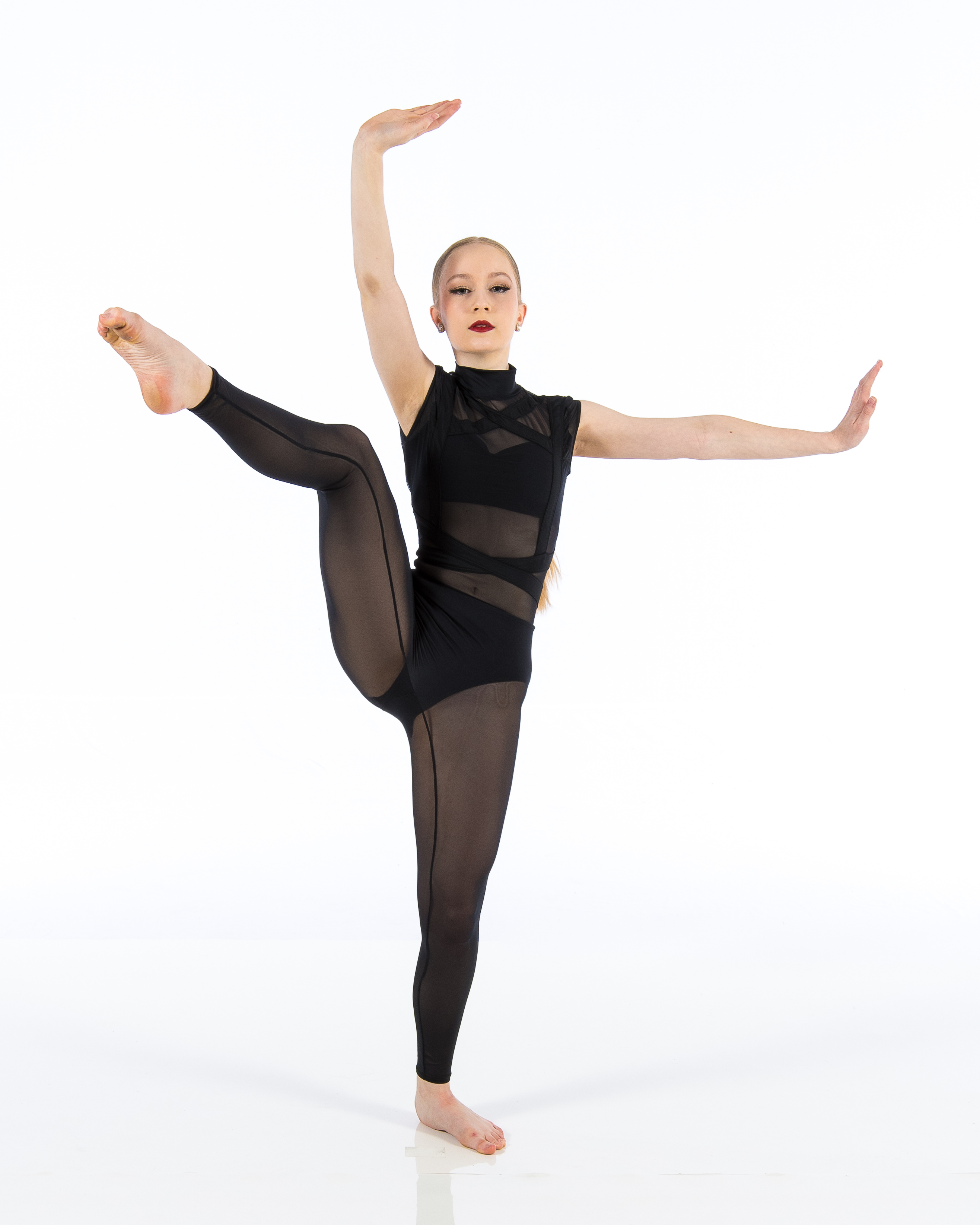Introduction
Dance is more than just a series of movements; it's a language that transcends words. For children, engaging in diverse dance styles can be a transformative experience that not only fosters creativity but also nurtures emotional and social development. In this article, we will explore how Encouraging Self-Expression with Diverse Kid’s Dance Classes can benefit children in numerous ways, allowing them to express themselves freely while having fun.
Encouraging Self-Expression with Diverse Kid’s Dance Classes
When we talk about self-expression, what do we really mean? Is it simply the act of creating something new, or does it delve deeper into who we are as individuals? For kids, dance classes provide a unique platform to explore their identity while embracing different dance styles. Whether it's ballet, hip-hop, jazz, or contemporary dance, each style offers a distinct avenue for self-discovery and articulation.
The Importance of Dance in Child Development
Dance plays an integral role in child development across various Doty Performance Dance Styles in King City domains. It engages not only physical capabilities but also cognitive and social skills. Here’s how:
Physical Fitness: Dancing improves coordination, flexibility, strength, and endurance. Emotional Intelligence: Expressing feelings through movement helps kids understand and regulate their emotions better. Cognitive Skills: Learning choreography boosts memory and concentration. Social Skills: Participating in group classes fosters teamwork and communication.Diverse Dance Styles for Kids
Now that we’ve established the importance of dance let’s dive into some popular dance styles that encourage self-expression among kids.
Ballet: The Foundation of Movement
Ballet is often considered the cornerstone of many dance genres. With its emphasis on technique and formality:

- Benefits: Enhances discipline and focus. Improves posture and body alignment. Self-Expression: Each movement tells a story; dancers learn to convey emotions through grace.
Hip-Hop: The Pulse of Urban Culture
Hip-hop is vibrant, energetic, and rooted in street culture. It allows children to express their individuality in creative ways.
- Benefits: Promotes cardiovascular health. Encourages improvisation skills. Self-Expression: Freestyling allows personal interpretation of music.
Jazz: A Fusion of Styles
Jazz combines elements from various genres, making it perfect for kids who want to experiment.
- Benefits: Improves rhythm and timing. Develops creativity through improvisation. Self-Expression: Dancers are encouraged to add their flair to routines.
Contemporary: A Modern Approach
Contemporary dance blends techniques from ballet and modern styles offering freedom in expression.
- Benefits: Fosters emotional release. Encourages storytelling through movement. Self-Expression: Dancers can interpret music in their unique way.
Creating a Supportive Environment
To truly encourage self-expression in kids’ dance classes:
Foster Inclusivity: Ensure all children feel welcome regardless of skill level. Encourage Exploration: Allow children to try different styles without pressure. Provide Positive Feedback: Constructive criticism nurtures growth while boosting confidence.The Role of Teachers in Dance Classes
Teachers play a pivotal role in shaping the experiences students have within their classes:
Mentorship Beyond Technique
A skilled teacher does more than teach steps; they inspire! They serve as mentors who guide students toward understanding themselves better through movement.
Cultivating Creativity
By incorporating improvisational exercises into lessons, teachers allow students to tap into their innate creativity—encouraging them to express who they are rather than just emulate others.

FAQs About Dance Classes for Kids
What age is appropriate for my child to start dancing? Most studios offer classes starting as young as three years old!
How do I choose the right dance style for my child? Consider your child's interests; observe what excites them—whether it’s graceful movements or energetic beats!
Will my child perform publicly? Many studios offer performance opportunities but participation is usually optional!
Are there benefits beyond fitness from dancing? Absolutely! Dance enhances emotional well-being and social skills too!
How long should my child attend classes? Commitment varies; many children enjoy continuous learning over several years!
Can dancing help with shyness? Yes! Engaging with peers through dance can boost confidence significantly!
The Connection Between Music and Movement
Music propels dance forward—it’s the heartbeat behind every step! Understanding this connection enriches the experience further:

Why Music Matters
Choosing the right music creates an atmosphere conducive to exploration—children naturally engage more when they're grooving along with catchy tunes!
Rhythmic Patterns
Children learn about rhythm through beats which cultivates timing essential for executing movements accurately—both critical aspects found across various dance styles!
Conclusion
In conclusion, encouraging self-expression through diverse kid's dance classes opens up a world filled with joy and discovery for young learners. Not only does it aid physical growth but also enhances emotional intelligence and fosters social connections among peers—a harmonious blend that shapes well-rounded individuals ready to take on life’s stage!
So why wait? Sign your little one up today! Who knows—they might just discover their passion for pirouettes or breakdancing! After all, every great dancer starts somewhere—perhaps even right here!